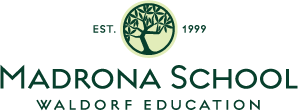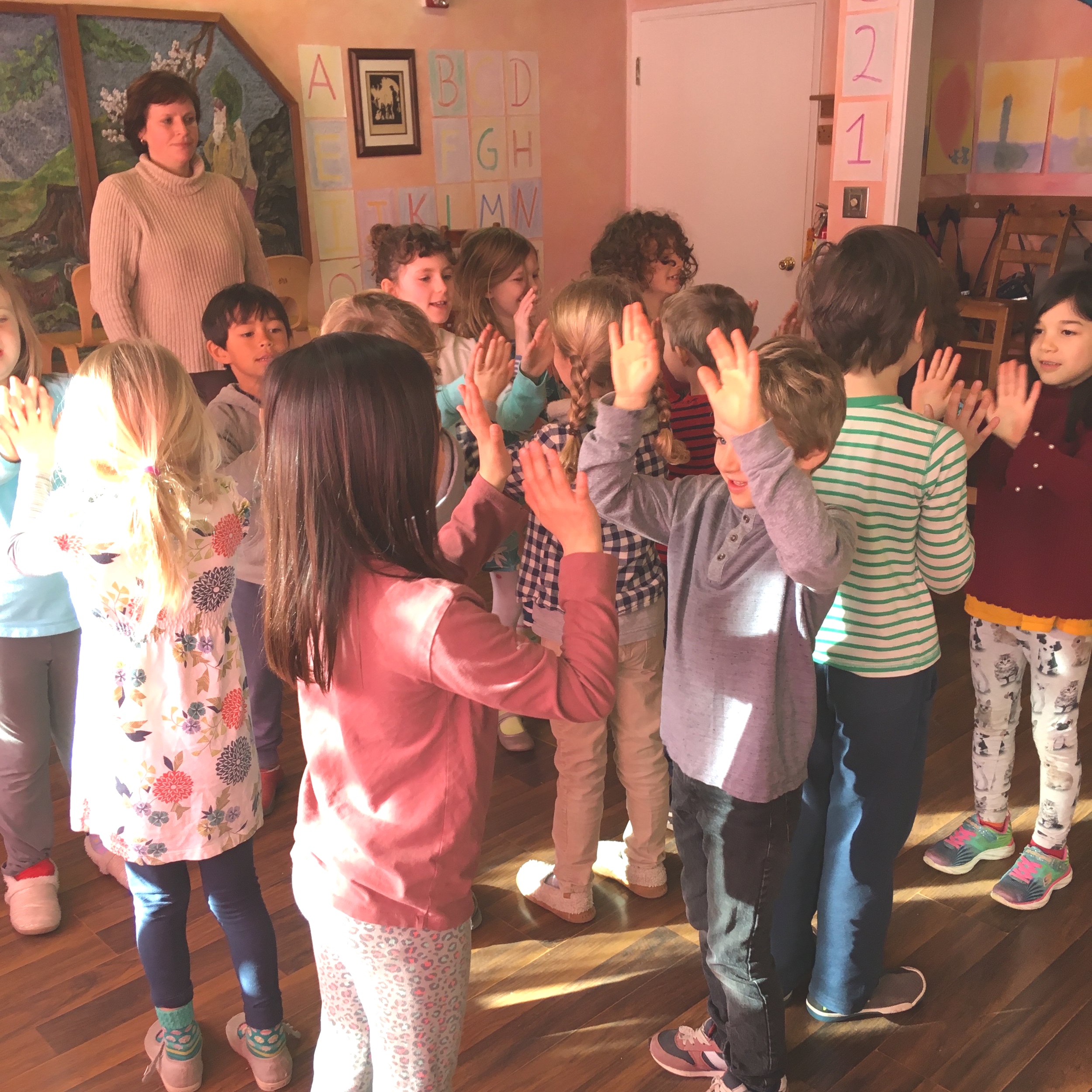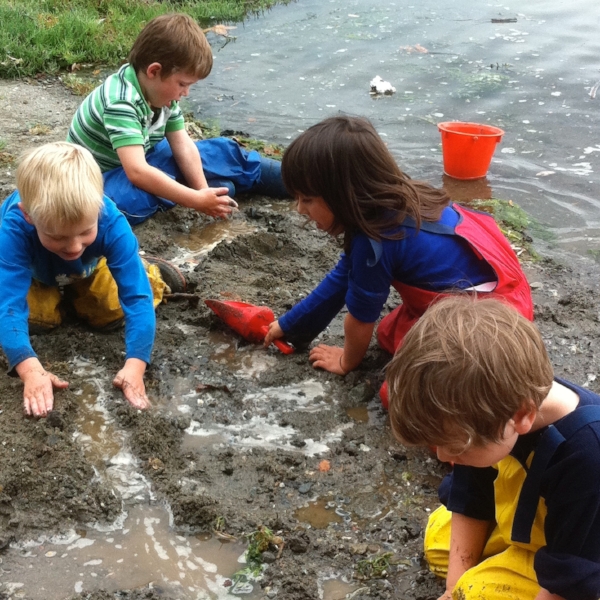Back in October, at our Experience Waldorf event for parents, our 1st grade teacher, Ms. Hartz, shared the why and what of circle time in first grade. There is a lot behind what looks like fun to these eager students at the very beginning of their grade school journeys!
A first grader’s day begins with a handshake and a greeting to and from the teacher. The mood in the classroom is one of calm and expectation, sometimes with some excitement about something from home, or in anticipation of the day. The class speaks their morning verse together, and then, before moving into work at their desks, they will clear a space in the classroom for some circle time. A circle in 1st grade incorporates movement, music and singing, spoken word, rhythm, breathing, and concentration. It’s purpose includes:
Joy and delight
Awakening a healthy imagination
Wake up! Get out of breath, prepare to sit
Immersion in the season or “mood” of a block
Incarnation into hands/feet and fingers/toes
Creation of artistic and beautiful movement
Strengthen uprightness, endurance, coordination
Connect hemispheres of the brain
Working on body geography and spatial relationships
Enhancing a sense of touch, balance, controlled movement
Supporting speech development an sound/letter connection
Working on rhythm: foundational for math as well as music
Flexibility: work between polarities.
Ms. Hartz writes: “A first grader continues to be a being in movement. A first grader imitates out of an attitude of devotion and trust in the goodness of the world. Out of this feeling of goodness (reverence) will come an internal sympathy for goodness, a moral compass that does not need its own direct instruction.”
She shared her autumn circle with parents, including some of the “whys” behind its design:
Morning Verse to imbue and experience reverence and silence.
Seasonal Songs: Yellow the Bracken; The Autumn Winds; Golden is the Garden (to learn the months, movement crossing midline); Ghost of John (for fun).
Form a Ring: Expansion Contraction (to learn to make a beautiful circle); One for the Golden Sun; A Sailor Went to Sea; Tony Chestnut (for slow, fast, quick, slow); Bean bags passed to Hickory Dickory Dock (coordination with your neighbor and the group).
Balance boards and beam.
Drink of water and move desks back in preparation for the day.
Morning verse, movement circles, music including singing and recorders, and recitation continue up through the grades and develop depending on the needs of the class and the teacher. Often, teachers include some math games and mental math too. Some teachers employ movement as a mid-morning break, while others prefer to begin the morning with circle time. Please ask your child’s teacher if you have questions about how she or he incorporates movement and music into a morning’s lesson!



























